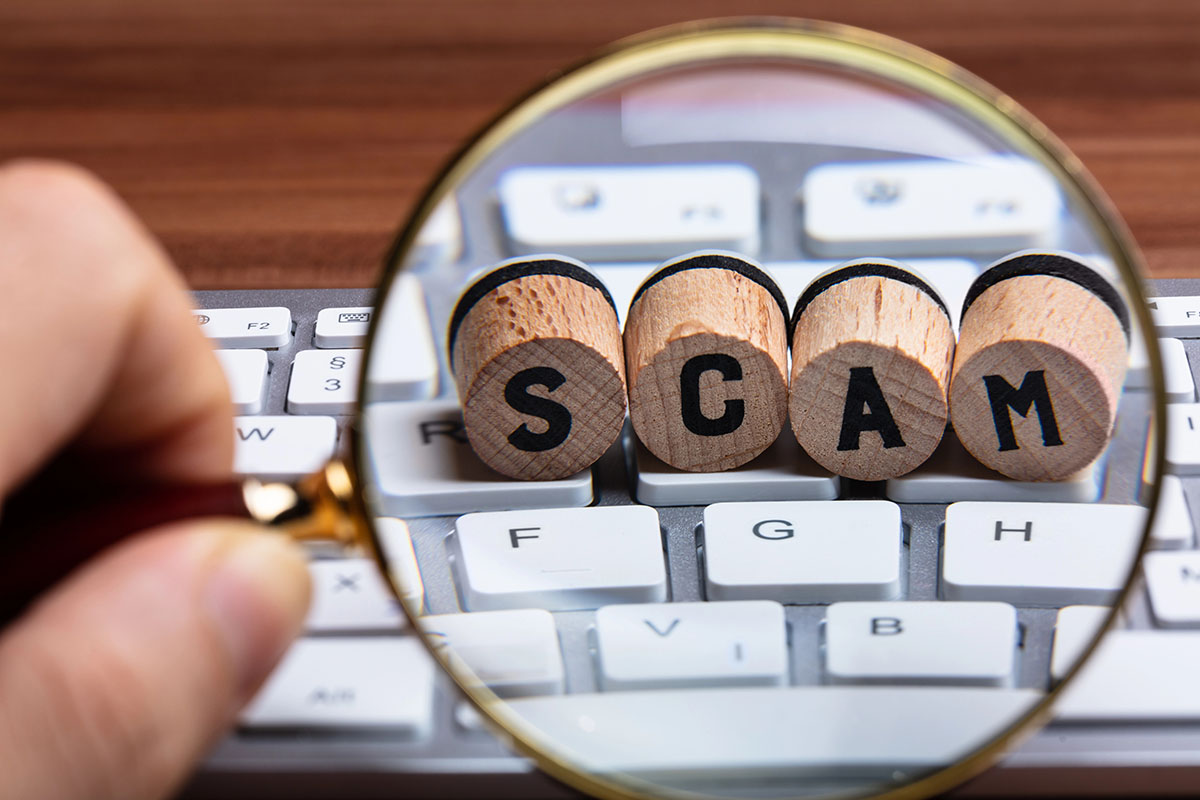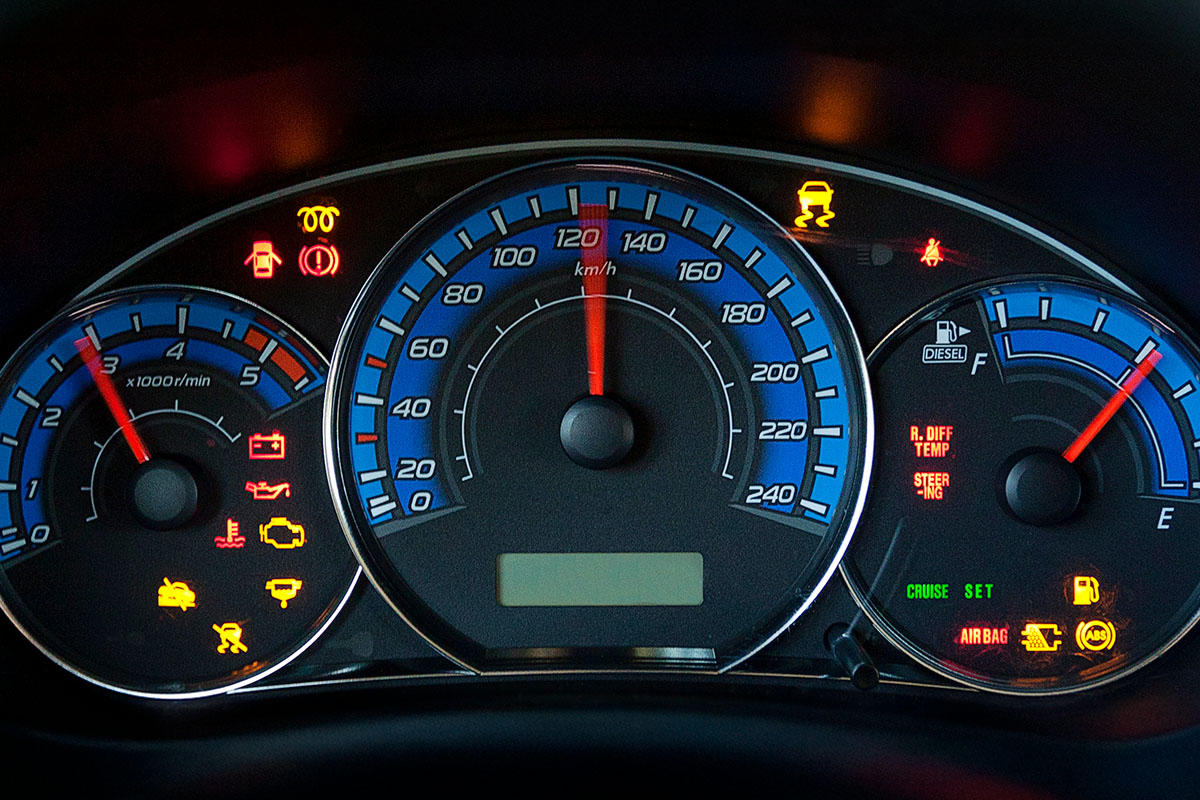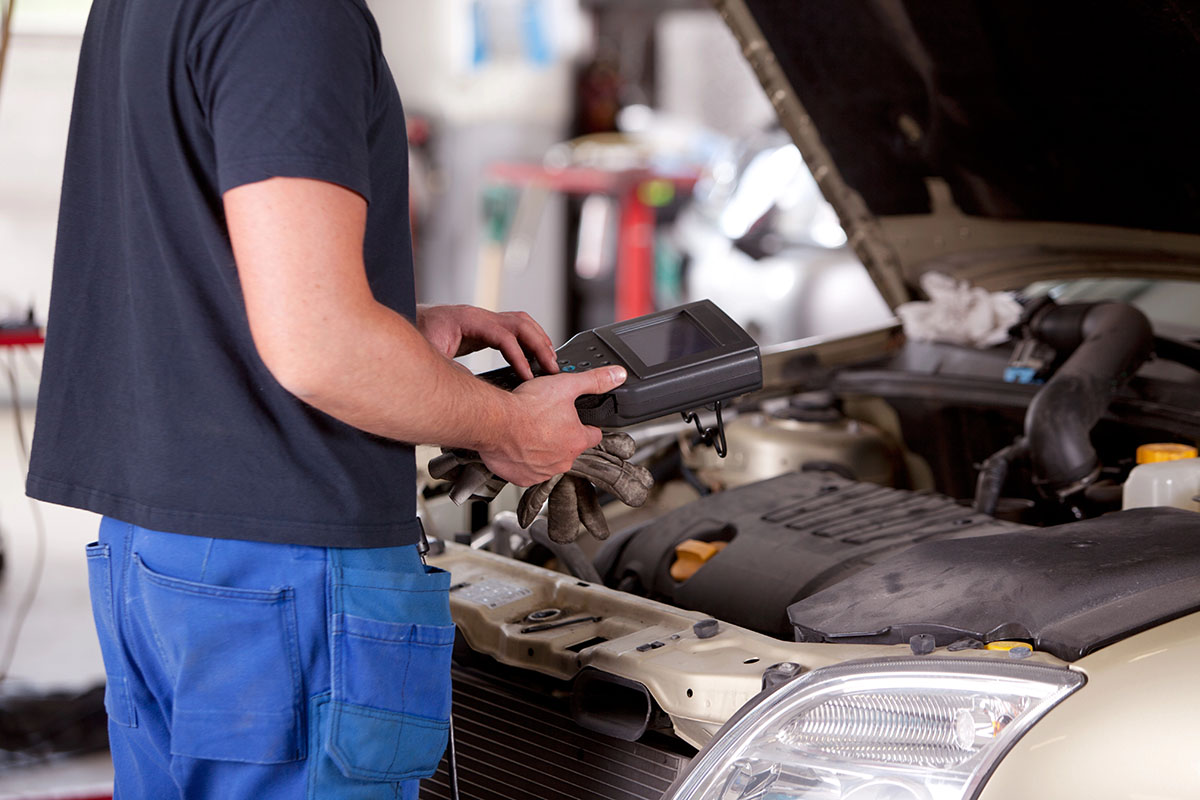Deer collisions aren’t rare occurrences. They’re predictable seasonal hazards that happen thousands of times annually, particularly during fall and winter when deer are most active. If you drive on rural roads regularly, hitting a deer isn’t a matter of if but when, especially during dawn and dusk hours when visibility is low and deer movement peaks.
The impact happens fast. You’re driving along, a deer appears in your headlights, and before you can react, there’s a collision that leaves your vehicle damaged, the animal injured or dead, and you sitting on the roadside trying to figure out what to do next.
Understanding the correct steps to take immediately after hitting an animal protects your safety, determines whether you need towing or can drive away, and ensures you handle insurance and legal requirements properly. Here’s what you need to know when an animal collision leaves you stranded.
The Immediate Aftermath: A Step-by-Step Guide
Your first priority after any collision is your own safety. The actions you take in the first few minutes are the most critical.
1. Pull Over Safely
As soon as it is safe to do so, move your vehicle to the shoulder of the road, as far from moving traffic as possible. Turn on your emergency hazard lights immediately to alert other drivers.
2. Stay in Your Vehicle
This is one of a driver’s most common and dangerous mistakes. Do not get out of your car to check on the animal. A wounded, frightened animal, especially a large one like a deer, is unpredictable and can cause serious injury. Furthermore, exiting your vehicle on a dark road or busy highway puts you at risk of being struck by another car. Stay inside, with your seatbelt on, until you have assessed the situation and, if necessary, help has arrived.
3. Contact the Authorities
Call 911 if there are any human injuries or if your vehicle or the animal is creating a significant traffic hazard. If there are no injuries and the scene is relatively secure, call the local non-emergency police line or sheriff’s office. Reporting the incident creates an official record, which is often essential for your insurance claim. An officer can also safely manage traffic and arrange for the removal of the animal from the roadway.
4. Document Everything (from a Safe Distance)
Once it is safe, document the scene for your insurance company. If you can do so without leaving your vehicle or putting yourself in danger, use your phone to take pictures of:
- The damage to your vehicle from multiple angles.
- The surrounding area, including any road signs or landmarks.
- The animal, but only from a safe distance inside your car. This provides proof of the cause of the damage.
The Critical Decision: To Drive or To Tow?
After the initial shock has worn off, you need to make a crucial decision: is your vehicle safe to drive? Even if the damage looks minor, a collision with a large animal can cause serious, non-obvious mechanical problems.
Before you even consider driving, look for these immediate red flags:
- Fluid Leaks: Check under the front of your car for any pooling liquids. Green or orange fluid could indicate a damaged radiator (coolant leak), while dark fluid could be oil. Driving without coolant can quickly destroy your engine.
- Broken Headlights: If it’s dark, driving without proper headlights is illegal and extremely dangerous.
- Dangling or Rubbing Parts: A loose bumper or fender could break off at speed or rub against a tire, causing it to blow out.
- Unusual Noises or Steam: If the engine is making strange sounds or steam is coming from under the hood, do not attempt to drive.
When in Doubt, Get a Tow. This is the safest and most financially prudent decision you can make. What looks like a dented bumper could be hiding a cracked radiator, a bent frame component, or a damaged wheel assembly. Driving the car could turn a repairable problem into a catastrophic engine failure, costing you thousands more in the long run. A professional tow to your home or a trusted mechanic is a small price to pay for safety and peace of mind.
Navigating the Insurance Claim
One of the most frequently asked questions after an animal collision involves insurance. Typically, hitting an animal is covered under the comprehensive portion of your auto insurance policy, not the collision portion. This is an important distinction. Comprehensive claims, which cover damage from things other than a collision with another vehicle (like theft, hail, or hitting a deer), generally do not cause your insurance rates to increase, as you are not considered at fault. Having a police report will make this claim process much smoother.
FAQs
Does hitting a deer count as an at-fault accident?
No, in almost all cases, hitting a deer or other animal is considered a not-at-fault incident. It is a random event you could not reasonably avoid, which is why it falls under comprehensive coverage, not collision.
Do I have to file a police report if I hit a deer?
While not always legally required if there are no injuries, it is highly recommended. A police report serves as official, third-party documentation of the incident, which can be invaluable when filing your insurance claim and proving the cause of the damage.
What if the deer runs off after I hit it?
Even if the animal is no longer at the scene, you should still pull over safely and follow the same steps. Document the damage to your car and look for any evidence (like animal hair) of the impact. Report the incident to the police and your insurance company.
Will hitting a deer make my insurance rates go up?
It depends on your insurance company’s policies. Some insurers don’t count comprehensive claims like animal strikes against you for premium purposes. Others do after a certain number of claims or dollar amount. Comprehensive claims typically affect rates less than at-fault collision claims, but policies vary. Ask your insurance agent how your specific policy handles comprehensive claims before deciding whether to file.
Roadside Assistance as Your Safety Net
Animal collisions on Texas roads are common enough that most drivers will experience at least one during years of driving. Knowing how to respond protects your safety, ensures your vehicle gets appropriate care, and handles legal and insurance requirements correctly.
The immediate priority is always safety. Get off the roadway, make yourself visible to other drivers, and assess whether anyone is injured before worrying about vehicle damage or dead animals.
Whether you need towing or can drive away depends entirely on the specific damage your vehicle sustained. When in doubt, call for a professional roadside agency rather than risking further damage or accidents by attempting to drive a compromised vehicle.
Prevention isn’t guaranteed, but staying alert during high-risk times, watching for warning signs, and responding appropriately when animals appear reduces your collision risk significantly.
The next time you’re driving rural roads at dawn or dusk, heed all the animals out there! Stay alert, use your high beams, watch for signs, and be prepared to respond if an animal appears in your path.





